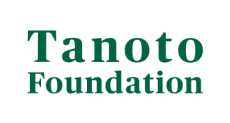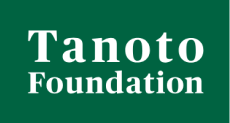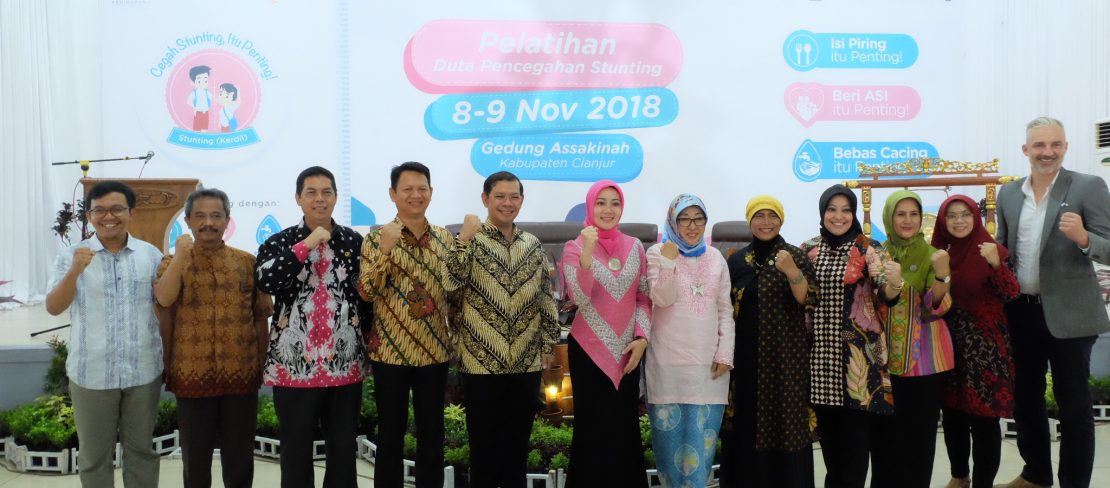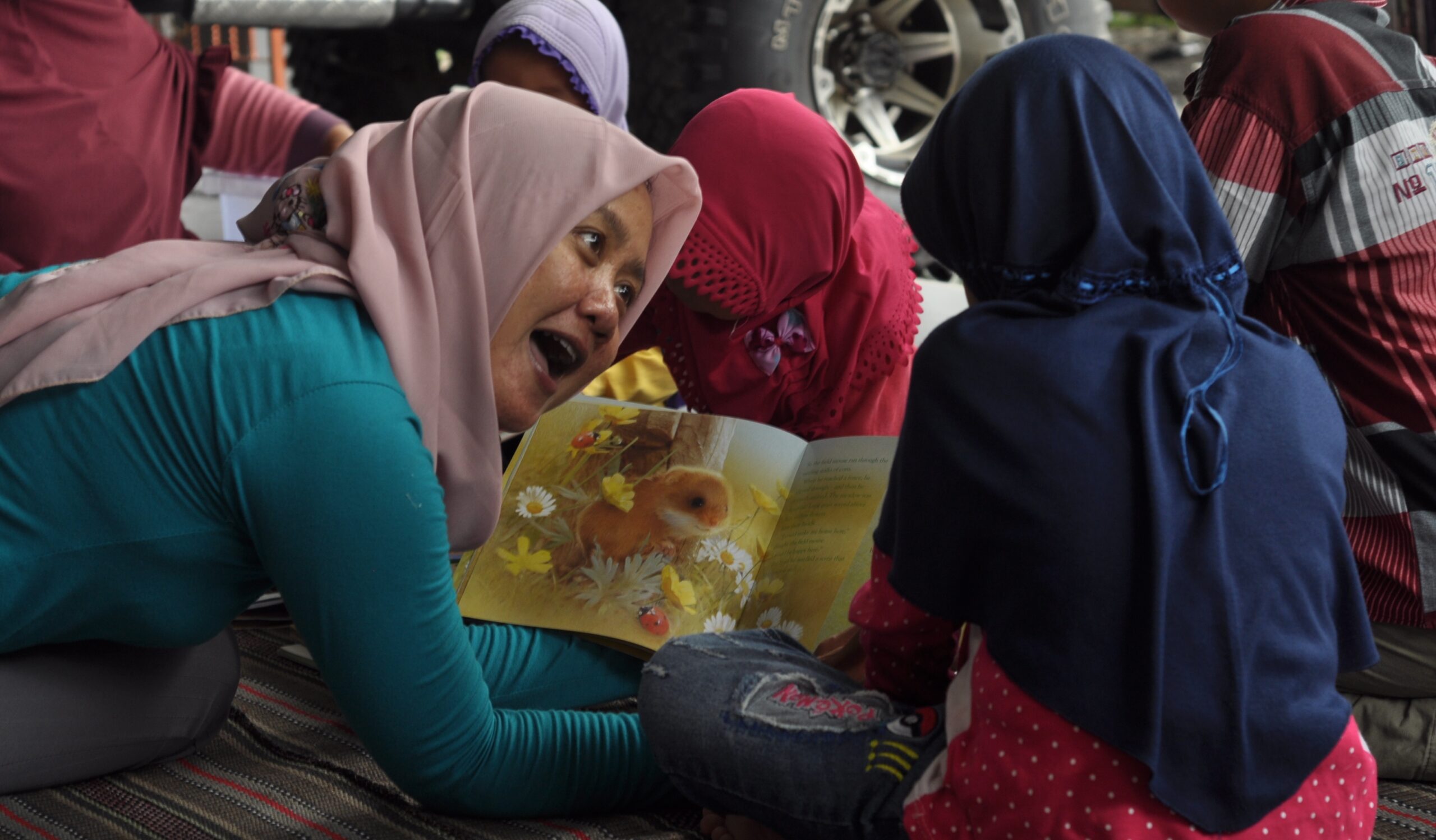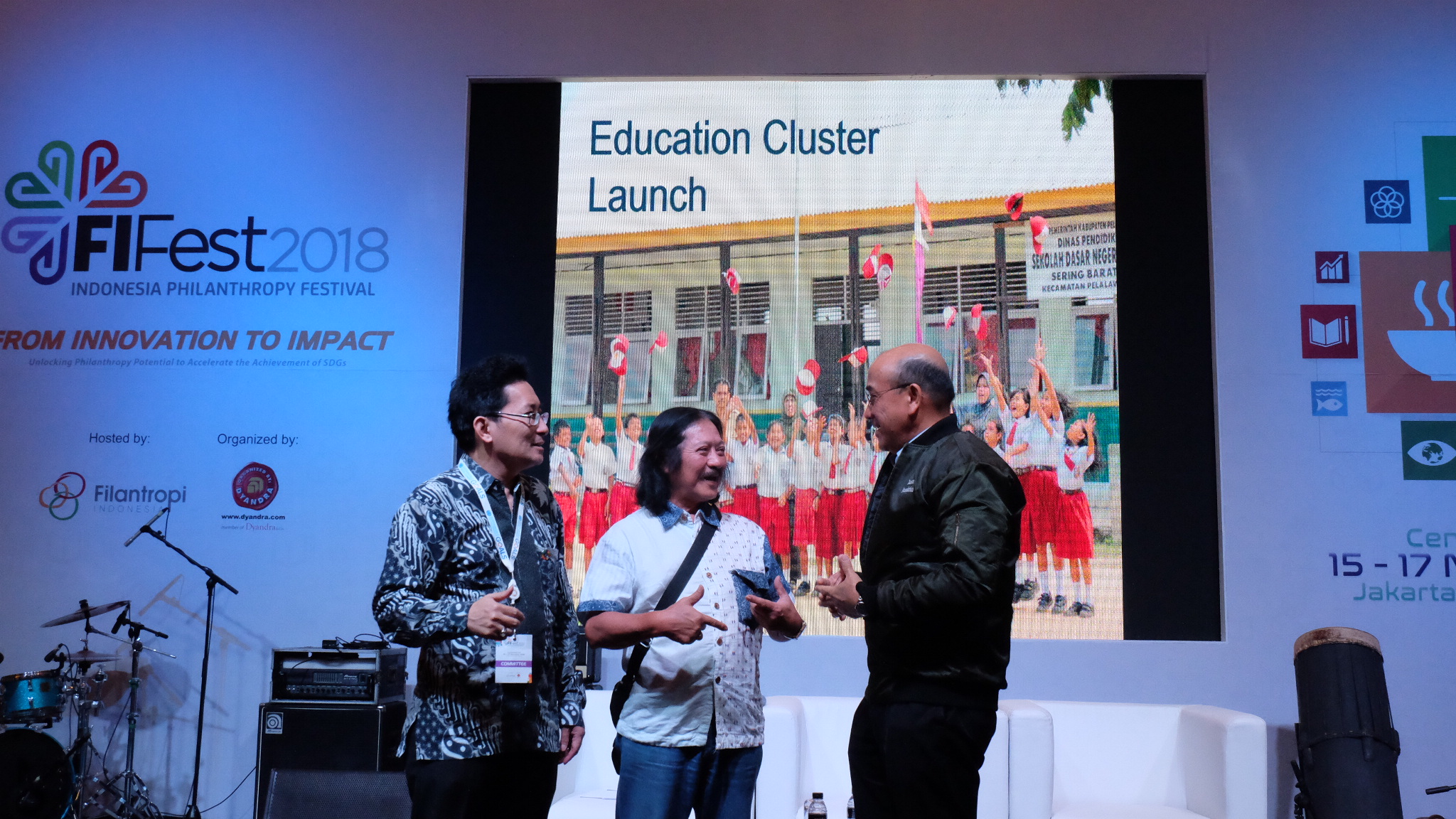In Indonesia, three out of 10 Indonesian children below five years old suffer from developmental delays – both physically and mentally.
According to a primary health care survey conducted by the Indonesian Ministry of Health, the stunting rate in Indonesia is 30.8 per cent.
Taking into consideration that the global childhood stunting rate (for children under five years old) is about 23 per cent, Indonesia’s stunting figure is quite high, and there is an obvious need to reduce and prevent stunting.
With the improvement of early childhood development and education being one of the key focus areas for Tanoto Foundation, the Foundation recently organised a training session centered on the focus on the reduction and prevention of stunting in Indonesia.
The session, organized in collaboration with the Office of the Presidential Staff (KSP) and the National Team for the Acceleration of Poverty Reduction (TNP2K), was held in Cianjur, West Java from November 8 to 9.
More than 500 health care volunteers from Maternal and Child Health Centres (Posyandu) in Cianjur attended the session.
The volunteers, who are viewed as ambassadors for child stunting prevention, were trained in how to provide advice to Indonesian mothers about the important steps they have to take in preventing stunting in their children. Topics covered include exclusive breastfeeding, maternal nutrition during pregnancy, child nutrition, and sanitation.
Following the training, these ambassadors are expected to disseminate the knowledge they receive to their surrounding communities.
“One of our commitments is to support early childhood education and development holistically in an integrative way. Our target is to contribute to the reduction in stunting rates in Indonesia to less than 20 per cent by 2030.”
Satrijo Tanudjojo, Global CEO Tanoto Foundation.
In addition, Tanoto Foundation has already established partnerships with four non-government organisations (NGOs), namely Save The Children, Indonesia Heritage Foundation, Kopernik and Lazismu, to run stunting prevention programs in the community.
“Starting in 2018, Tanoto Foundation’s strategy to prevent and reduce stunting is in line with our intention to contribute to the achievement of the SDGs, specifically Goal Target 2.2 (reduce malnutrition in toddlers by providing nutritious food and health services) and Goal Target 4.2 (increase percentage of children from low-income families who are under the age of six to have access to quality early childhood development so that they are ready for primary education).”
https://www.instagram.com/p/Bp_hjQFBrou
“For this reason, we welcome partnerships with parties who have the same mission in reducing and preventing stunting,” Satrijo Tanudjojo added.
